War
Blaze, the Dog That Flew First Class
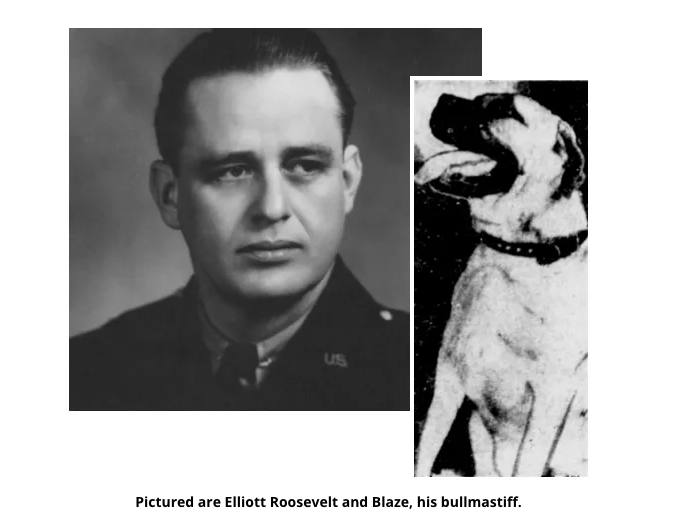
In the year 1945, a dog named Blaze, while being shipped on Army Transport planes, bumped off several traveling soldiers, causing a national controversy.
Read about it here.
A funnier account was composed by James Thurber, viewable after the jump.
More in extended >>
Posted By: Paul - Mon Mar 30, 2020 -
Comments (0)
Category: Government, Scandals and Controversies, War, Air Travel and Airlines, Dogs, 1940s
Pattern for Survival
Posted By: Paul - Sat Jan 11, 2020 -
Comments (2)
Category: Death, Dreams and Nightmares, PSA’s, War, Weapons, Atomic Power and Other Nuclear Matters, 1950s
Beware of Female Spies
During World War I, the U.S. Navy created a sign to warn its personnel of the threat posed by "inquisitive women".By World War II, the sign was considered an odd curiosity, but it inspired a number of news photos of women reading the sign with interest.

source: Temple University Library

Shreveport Times - Mar 26, 1939

The Missoulian - Apr 2, 1939
Posted By: Alex - Mon Dec 02, 2019 -
Comments (2)
Category: War, Armed Forces, Spies and Intelligence Services
Prices Unlimited
Greedy, unpatriotic girls receive a visit from the Ghost of Meat Rationing Present.
Posted By: Paul - Sat Nov 30, 2019 -
Comments (2)
Category: Food, PSA’s, Public Humiliation, War, 1940s
One-Arm Sutton
We previously learned about Douglas Bader, the Legless Ace. Now we can contemplate the career of One-Arm Sutton.Article here.
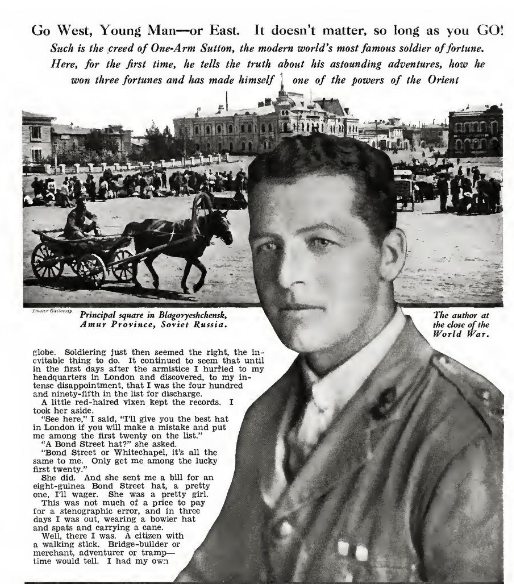
Posted By: Paul - Mon Oct 21, 2019 -
Comments (0)
Category: War, Twentieth Century, Dismemberment
Nicholas Zoueff, Boy War Hero
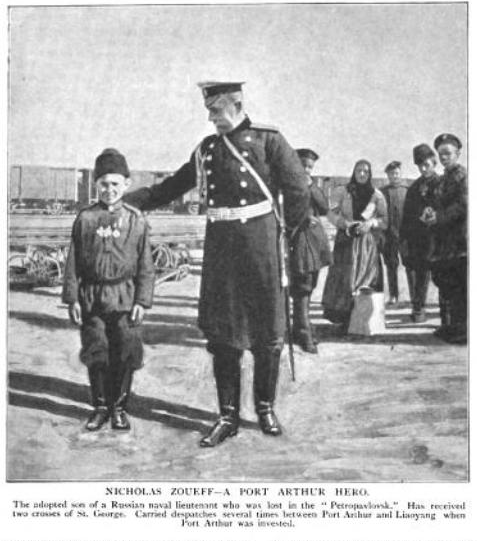
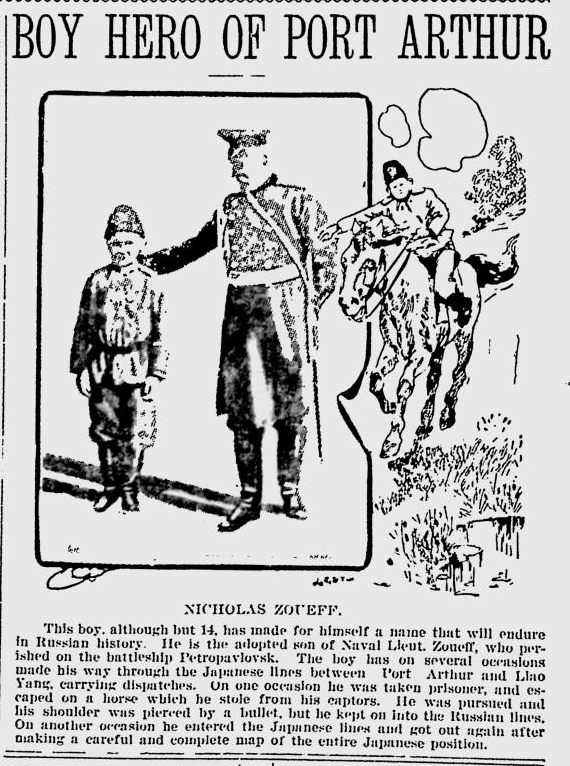
News article source.
Posted By: Paul - Thu Sep 19, 2019 -
Comments (0)
Category: War, Children, Asia, Russia, Twentieth Century
Bob Harter’s “The Atom”
Posted By: Paul - Tue Sep 17, 2019 -
Comments (2)
Category: Ineptness, Crudity, Talentlessness, Kitsch, and Bad Art, Music, Politics, Propaganda, Thought Control and Brainwashing, PSA’s, War, Weapons, 1960s
Douglas Bader, the Legless Ace
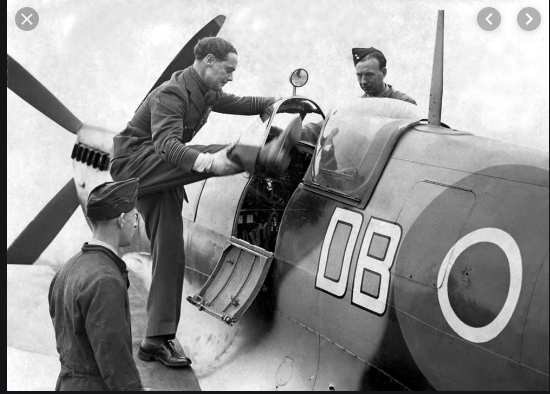
The Wikipedia page.
Bader joined the RAF in 1928, and was commissioned in 1930. In December 1931, while attempting some aerobatics, he crashed and lost both his legs. Having been on the brink of death, he recovered, retook flight training, passed his check flights and then requested reactivation as a pilot. Although there were no regulations applicable to his situation, he was retired against his will on medical grounds.[3]
After the outbreak of the Second World War in 1939, however, Douglas Bader returned to the RAF and was accepted as a pilot. He scored his first victories over Dunkirk during the Battle of France in 1940. He then took part in the Battle of Britain and became a friend and supporter of Air Vice Marshal Trafford Leigh-Mallory and his "Big Wing" experiments.
In August 1941, Bader baled out over German-occupied France and was captured. Soon afterward, he met and was befriended by Adolf Galland, a prominent German fighter ace.[4] Despite his disability, Bader made a number of escape attempts and was eventually sent to the prisoner of war camp at Colditz Castle. He remained there until April 1945 when the camp was liberated by the First United States Army.
He even featured in a comic. (Use link for readable copy of image below.)
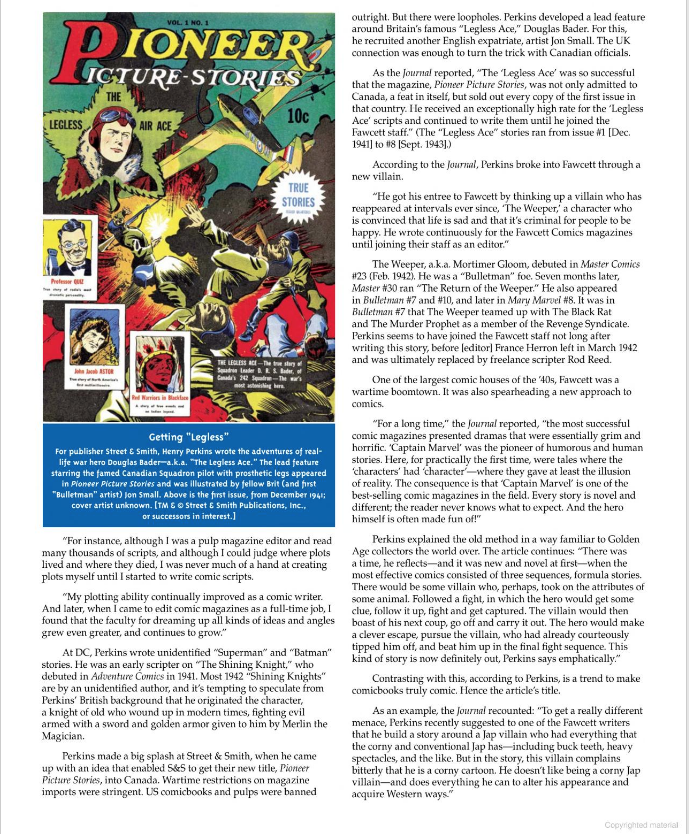
Posted By: Paul - Mon Sep 16, 2019 -
Comments (1)
Category: Accidents, War, Air Travel and Airlines, 1940s, Differently Abled, Handicapped, Challenged, and Otherwise Atypical
The man who phoned for peace
In 1936, American businessman Abraham Pickus started calling world leaders, trying to convince them to seek peaceful solutions. Amazingly, he got through to quite a few of them, including Hitler.Of course, his efforts didn't produce any tangible results, but you can't fault him for trying.

Newsweek - Apr 18, 1938

Posted By: Alex - Thu Aug 08, 2019 -
Comments (1)
Category: War, Telephones, 1930s
Project Capricious
During World War II, the OSS (precursor to the CIA) hatched a plan to defeat General Rommel's Afrika Korps by using synthetic goat poop. The idea was to drop huge amounts of pathogen-laced pseudo-poop over African towns. Local insects would be attracted to the stuff and would then carry the pathogens to Rommel's troops. However, before the plan could be carried out, Rommel's troops were withdrawn from the area and sent to Russia.Jeffrey Lockwood tells the story in more detail in his book Six-Legged Soldiers: Using Insects as Weapons of War.
The plan was to weaken the enemy forces by using flies to spread a witch's brew of pathogens. Given the agency's inability to rear an army of flies, [OSS Research Director] Lovell decided to conscript the local vectors...
Lovell was a chemist, but he'd been out of the laboratory often enough to know that flies love dung. And with a bit of research, he discovered a key demographic fact: There were more goats than people in Morocco — and goat are prolific producers of poop. Lovell now had the secret formula: microbes + feces + flies = sick Germans. Now all he needed was a few tons of goat droppings as a carrier for laboratory-cultured pathogens.
The OSS collaborated closely with the Canadian entomological warfare experts to launch one of the more preposterous innovations in the history of clandestine weaponry: synthetic goat dung. Of course flies are no fools; they won't be taken in by any old brown lump. So the OSS team added a chemical attractant. The nature of this lure is not clear, but a bit of sleuthing provides some clues.
Allied scientists might have crafted a chemical dinner bell by collecting and concentrating the stinky chemicals that we associate with human feces (indole and the appropriately named skatole). While these extracts would have worked, the more likely attractant was a blend of organic acids, some of which had been known for 150 years. Two of the smelliest of these are caproic and caprylic acids, which, by no coincidence, derive their names from caprinus, meaning "goat." Etymologically as well as entomologically astute, Lovell named the operation Project Capricious. So with a scent to entice the flies, Lovell's team then coated the rubbery pellets in bacteria to complete the lures.
All the Americans had to do was drop loads of pathogenic pseudo-poop over towns and villages where the Germans were garrisoned, and millions of local flies would be drawn to the bait, pick up a dose of microbes, and then dutifully deliver the bacteria to the enemy. Lovell worried about keeping the operation clandestine. The Moroccans had to be persuaded that finding goat droppings on their roofs the morning after Allied aircraft flew over was a sheer coincidence. Presumably a good disinformation campaign can dispel almost any suspicion, or, as Lovell intimated, if the plan succeeded there would be very few people in any condition to raise annoying questions about fecal pellets on rooftops...
In the end, however, Lovell didn't have to worry about getting caught by either friends or foes, as the secret weapon was never deployed. Just as the OSS was gearing up to launch the sneak attack, the German troops were withdrawn from Spanish Morocco. They might well have preferred to take their chances with pathogen-laden flies, given that Hitler was sending them to the bloody siege of Stalingrad.
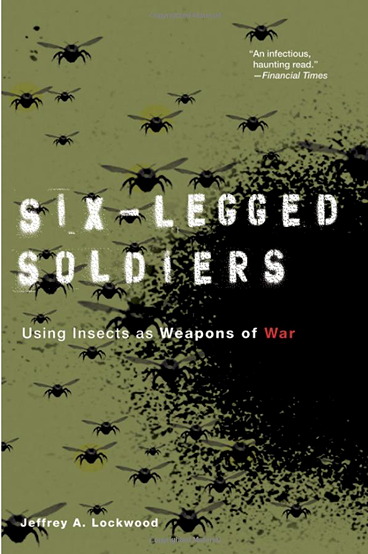
Posted By: Alex - Sat Jul 20, 2019 -
Comments (5)
Category: Insects and Spiders, Military, War, Weapons, Excrement, 1940s

| Who We Are |
|---|
| Alex Boese Alex is the creator and curator of the Museum of Hoaxes. He's also the author of various weird, non-fiction, science-themed books such as Elephants on Acid and Psychedelic Apes. Paul Di Filippo Paul has been paid to put weird ideas into fictional form for over thirty years, in his career as a noted science fiction writer. He has recently begun blogging on many curious topics with three fellow writers at The Inferior 4+1. Contact Us |




